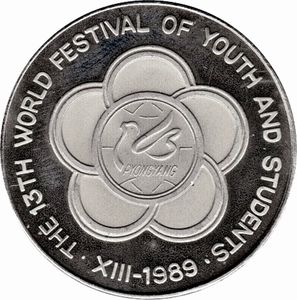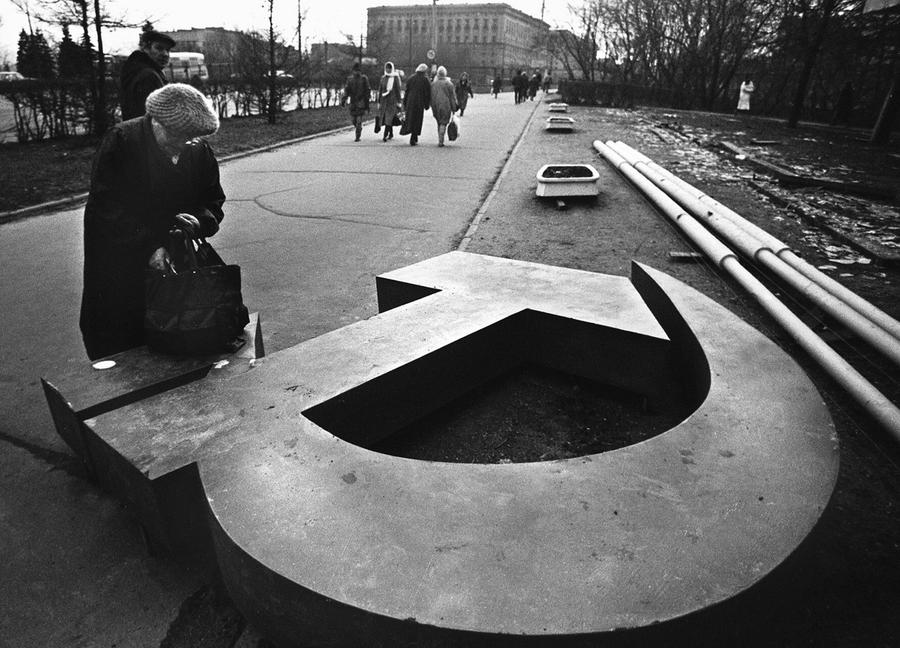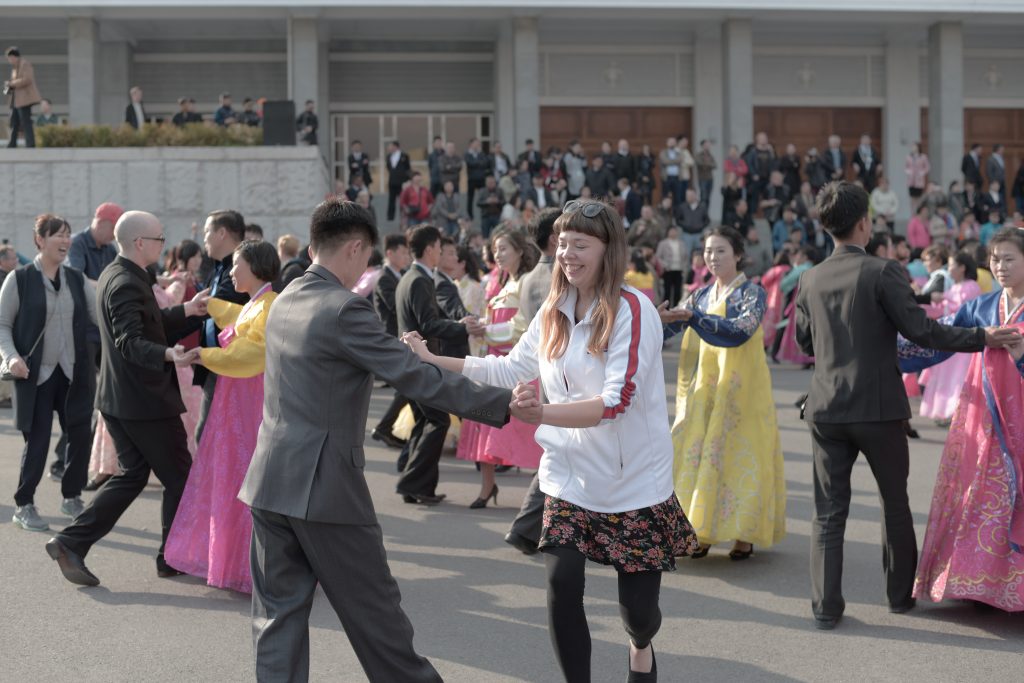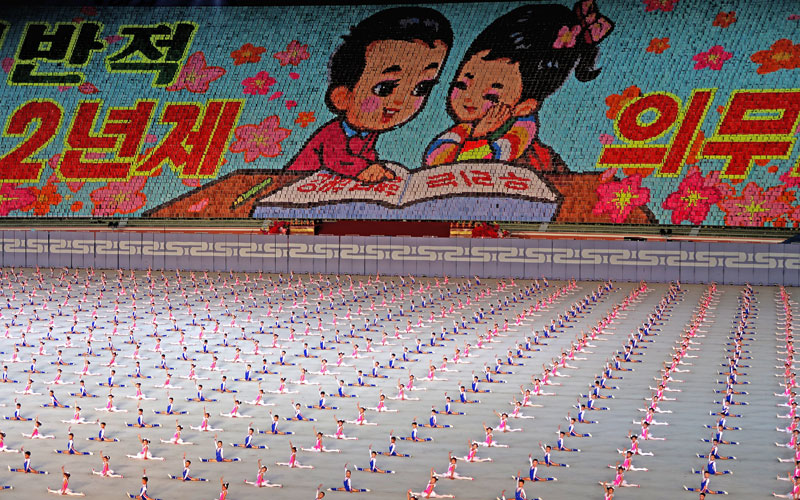Being one of the leading travel agencies – if not the leading travel agency – to North Korea is more than just a passion for us; it’s literally our business. Being involved in the North Korean tourism industry also makes us realise just how misunderstood that industry is. I have lost count of the number of times people have told me “tourists can’t go to North Korea”, that the guides are in fact “government minders”, that “every tour is the same” or even “you can’t leave Pyongyang”.
Let’s therefore set the record straight about how travel to North Korea works…
What is the history of tourism to North Korea?

The DPRK was very much in the Soviet orbit when it came to tourism during the Cold War. Most tourists to North Korea from the 1950s to the end of the 80s came from other countries in the Socialist Bloc. One such tourist, from Russia, notably defected to South Korea via the DMZ in the 1980s!
This is not to say, however, that only people from the Eastern Bloc visited North Korea. In the 1950s, National Geographic famously did a piece on North Korea, and Western socialists were known to visit the country. The Communist Party of Great Britain famously ran a travel agency called ‘Progressive Tours’ whose speciality was taking people on tours to sanctioned socialist countries.
Let’s also not forget the 1989 World Festival of Youth and Students, which welcomed thousands of participants from throughout the world (even Belgium).
During this period, Western tourism wasn’t really that important to North Korea (or other Eastern Bloc countries). Interestingly, however, North Korea had a multi-tier currency system in place whereby different people were given different currencies depending on how much the DPRK liked your country. Similarly to today, people were not free to simply roam the streets of Pyongyang at will.
Post-USSSR tourism to the DPRK

Come the start of the 90s, and the collapse of the USSR, the game changed. The Cold War ended, walls, governments and curtains all fell, and North Korea’s priorities changed.
It was in the mid-nineties when Western tourists really started to visit North Korea. But the real tourist dollar wasn’t coming in from the West, but from neighbour and close ally China.
Whilst the rest of the former Socialist Bloc was mired in upheaval and post-socialist regime changes, China was quietly reforming its own socialist policies. The economic door was open and people were getting rich. North Korea became to the Chinese as Wales is to the English: a quick, cheap holiday to an accessible destination, but with less rain and Anglophobia.
North Korean tourism today

Approximately 125,000 Chinese tourists visit North Korea annually – streets ahead of any other nation. To put this into context, however, the Chinese usually take very different kinds of trips to those of their Western counterparts. Whereas Westerners favour longer, more in-depth tours to the DPRK, Chinese tourists will often take day or overnight trips. Such short trips are, obviously, much cheaper than the ones typically taken by Westerners.
Speaking of Westerners: an estimated 5000 or so visit yearly (Around a fifth of which are brought in by Young Pioneer Tours). Westerners tend to spend much more money per capita than the Chinese, both in terms of the cost of their tours and the amount they spend in-country.
YPT have been involved in the North Korean tourist industry for over a decade, and in that time we have seen massive changes in the way that the DPRK treats tourism to the country.
Times they are a-changin’ (and other clichés you may enjoy)

Ten years ago most festivals were typically closed to foreigners, and when new buildings/attractions were opened, they were usually not open to tour groups. Tourism really was limited to Pyongyang, the DMZ and Kaesong, too.
Things are much more relaxed these days, however. Most of the country is open to tourism, and new restaurants and sights can generally be visited immediately. Organising an independent tour is, thankfully, much easier today than it was ten years ago!
And then we have huge events like the Pyongyang Marathon or the Mass Games, both of which now bring tens of thousands of tourists to the country. Once upon a time, it would have been sacrilege to allow tourists to soil either event.
Everything changes, and North Korea is no different. Economic priorities have shifted, North Korea is more active in the international community than ever before, and improving tourism numbers and infrastructure is much more important than it ever has been in the past.
No one quite knows where the tourism industry in North Korean is heading, but as holders of front-row tickets, let us be your guides…





